Did you know most pulp fiction short stories clock in at a spare 5,000 words? One pulp fiction writer, Nelson Slade Bond, developed a pulp fiction formula so easy to use, the short stories practically wrote themselves. Keep reading to see how you, too, can write punchy and popular shorts.
What is the Foolproof Pulp Fiction Formula?
What is pulp fiction exactly? Pulp magazines printed lurid, exploitative, and sensational short stories that some deemed run-of-the-mill and low-quality fiction. However, many respected writers, including Isaac Asimov, Raymond Chandler, and Philip K. Dick, wrote for pulp magazines like Short Stories, Adventure, Blue Book, and Argosy.
American writer Nelson Slade Bond wrote numerous short stories for pulp magazines (such as Blue Book) before and after World War II. Noted for his science fiction stories featuring Lancelot Biggs and Meg the Priestess, he perfected a pulp plot structure even a novice writer could use.
The pulp fiction heyday began to decline around the time of World War II, as paper shortages caused publishers to cut back on the magazines. While some publications survived into the 1950s, the advent of television finished most of them off.
The implosion of the pulp industry transformed the publishing landscape because these publications were the major sales outlets for short stories. Today, writers can find online outlets for short stories, and you can also create them for promotions such as reader magnet giveaways.
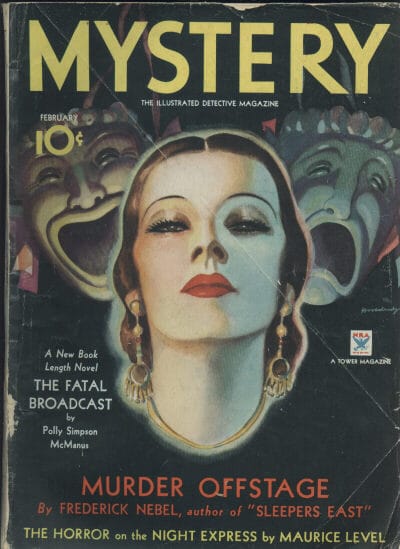
Mystery (February 1934)
Who is the Foolproof Pulp Formula For?
The Foolproof Pulp structure would work particularly well for writers driving into the adventure, detective/mystery/thriller, horror, western, and science fiction genres.
Plot Points of the Foolproof Pulp Plot Structure
The Foolproof Pulp formula has five easy plot points. When you start writing pulp fiction using this template in Plottr, you’ll find:
Beat #1: First 1,000 Words: Because you only have 5,000 words for your short story, it’s best to get started with a bang.
During the first 1,000 words, you’ll lay out who the central characters are, where the scene is set, when the story takes place, what the problem is, and how the hero or heroine will take care of the problem.
Don’t waste time monkeying around — shove your protagonist into a heap of trouble right from the start.
Beat #2: Second 1,000 Words: This is where the hero appears to be on the road to success. You can use this part of the story for any enlightening flashbacks (if necessary) and to strengthen the characterizations.
Quicken the pace by not referencing every single thing that happens between scenes; just keep it moving.
Beat #3: Third 1,000 Words: Here, you’re at the story’s midpoint. Your protagonist runs into a significant, unfortunate complication. Things aren’t going along as planned, leaving your hero in one hell of a situation.
Beat #4: Fourth 1,000 Words – In this section, the protagonist thinks, finds, or fights their way out of the plot complication. This leads to the antagonist’s most sinister plan yet.
Spend this time setting the hero up to come out on top in the final part.
Beat #5: Fifth 1,000 Words – At the climax of the story, use explosive action and move the story along at breakneck speed toward the conclusion.
Pace yourself; this action should take 500 words or more. You’ll also tie up any loose ends and offer any necessary explanations before reaching “The End.”
How Do You Use the Foolproof Pulp Formula in Plottr?
First, make sure that you have an active Plottr plan or get a free 30-day Plottr trial. Then follow these simple steps:
- Step 1: In the Files tab of the dashboard, click Create from Template
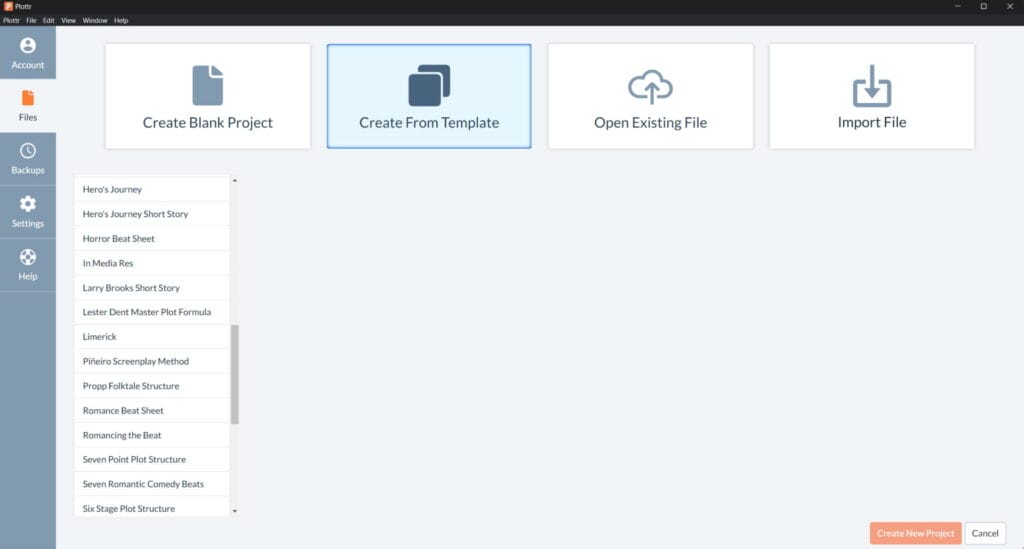
- Step 2: Scroll to the Foolproof Pulp Formula template, and click Create New Project
- Step 3: Name your project so you can find it easily later, and your project will open in Timeline view
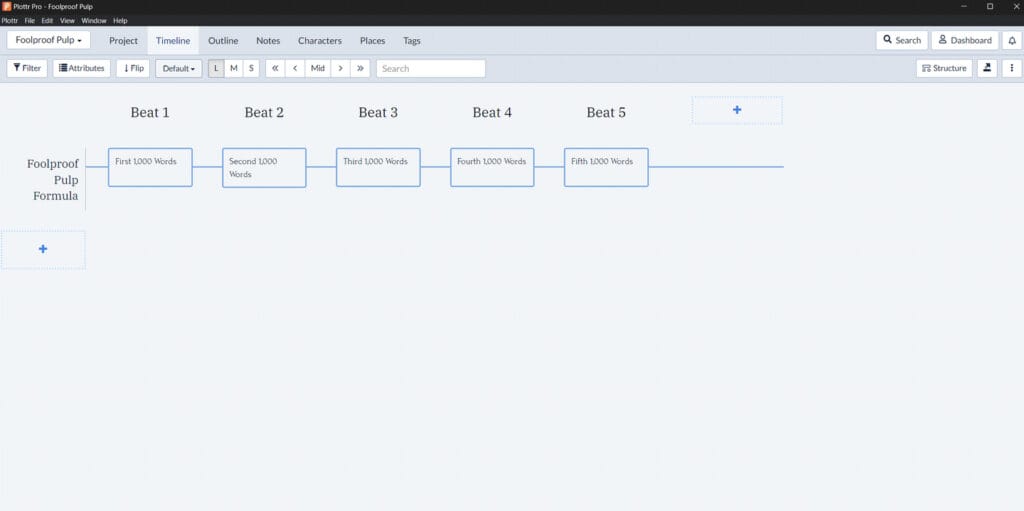
- Step 4: Click any of the beat cards to expand and start adding ideas for your 1000 words (you can keep or remove the guideline text in each card)
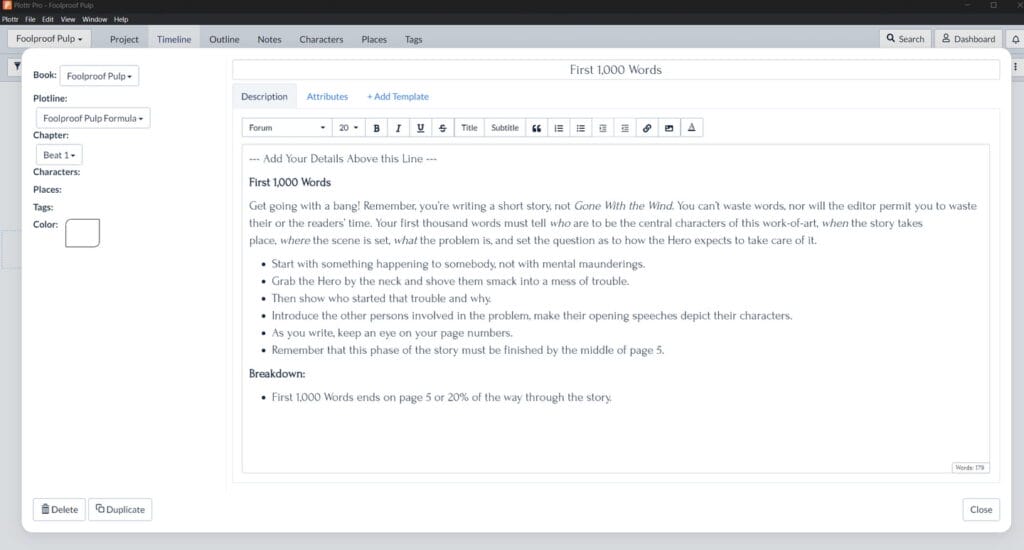
Once you’ve fleshed out some ideas, start adding secondary subplot ideas by clicking the + below your existing plotline. You could also begin brainstorming characters using character templates. Try these:
- Character in a Situation Short Story (Plot Template)
- Maslow’s Hierarchy of Needs (Character Template)
- Enneagram Character Profiles (Character Template)
Embrace the Pulp, Ditch the Fluff
Are you ready to write pulp fiction and use the Foolproof Pulp Formula plot structure for your own short stories? Grab your free trial of Plottr and give it a go — once you do, we’d love to hear how the formula works for you in the comments.
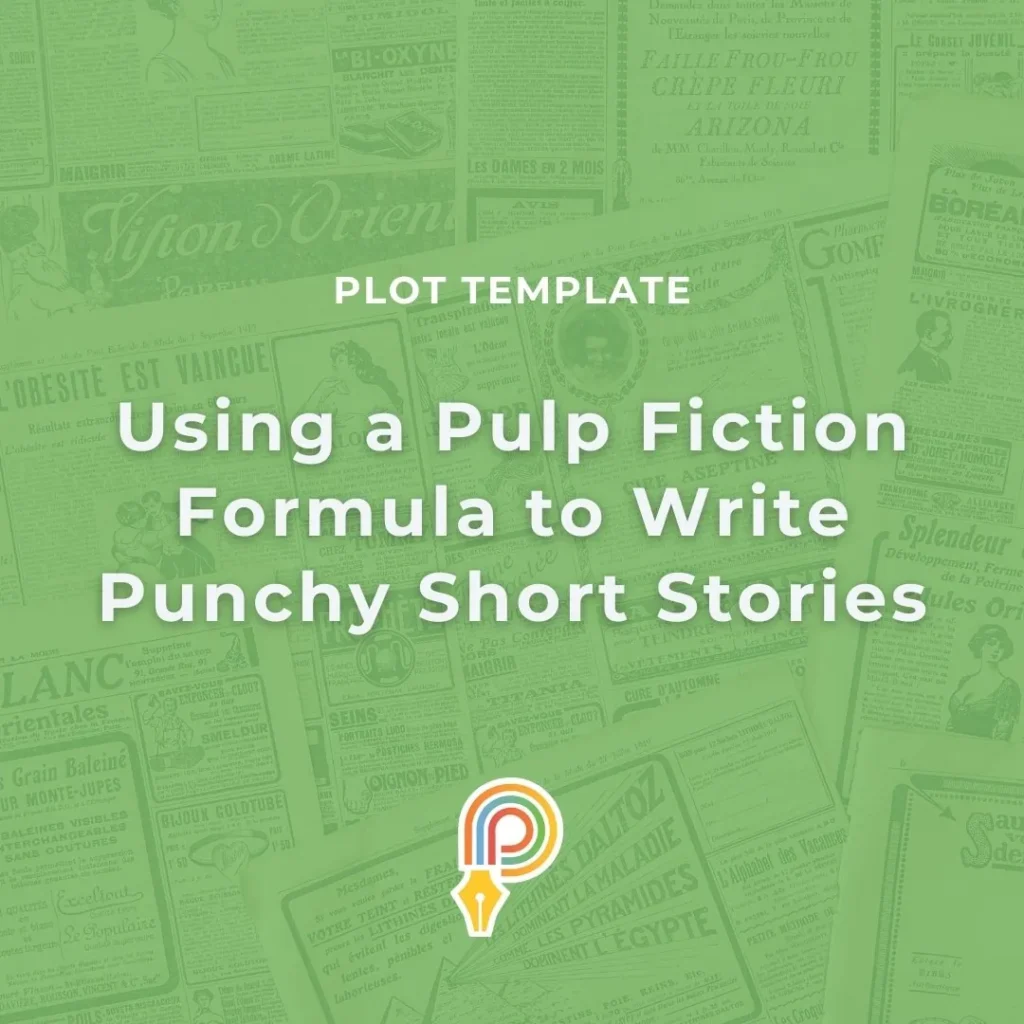





Comments